
| Recorded by: Jeff Niznik on 2024-07-14
Watauga Co.
Comment: | 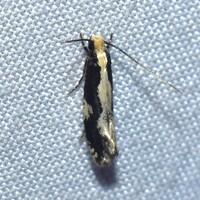
| Recorded by: Jeff Niznik on 2024-07-12
Watauga Co.
Comment: |
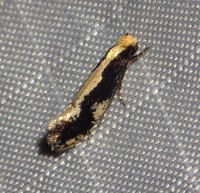
| Recorded by: Lenny Lampel on 2024-06-27
Mecklenburg Co.
Comment: | 
| Recorded by: K. Bischof on 2023-08-02
Transylvania Co.
Comment: |
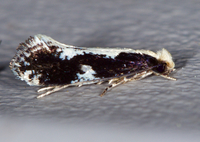
| Recorded by: Jim Petranka on 2022-07-03
Madison Co.
Comment: | 
| Recorded by: Darryl Willis on 2022-06-17
Cabarrus Co.
Comment: |
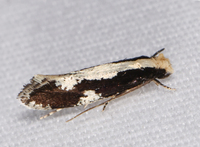
| Recorded by: John Petranka on 2022-06-15
Orange Co.
Comment: | 
| Recorded by: tom ward on 2021-07-14
Buncombe Co.
Comment: |
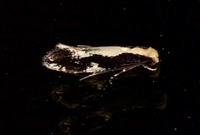
| Recorded by: Jim Petranka and Becky Elkin on 2020-07-22
Madison Co.
Comment: | 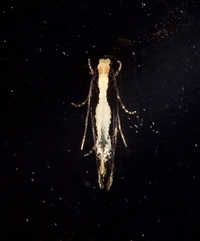
| Recorded by: Jim Petranka and Becky Elkin on 2020-07-22
Madison Co.
Comment: |
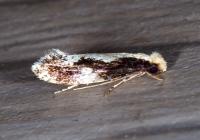
| Recorded by: Jim Petranka and Becky Elkin on 2020-07-07
Madison Co.
Comment: | 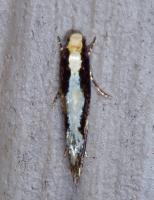
| Recorded by: Jim Petranka and Becky Elkin on 2020-07-07
Madison Co.
Comment: |

| Recorded by: Kyle Kittelberger on 2020-07-07
Wake Co.
Comment: | 
| Recorded by: Vin Stanton on 2019-06-17
Buncombe Co.
Comment: |
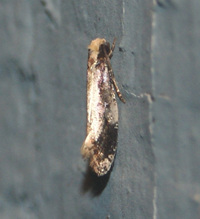
| Recorded by: Vin Stanton on 2019-05-27
Buncombe Co.
Comment: | 
| Recorded by: Vin Stanton on 2019-05-27
Buncombe Co.
Comment: |
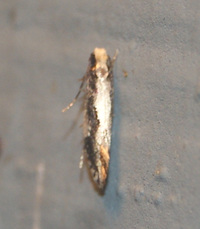
| Recorded by: Vin Stanton on 2019-05-27
Buncombe Co.
Comment: | 
| Recorded by: Paul Scharf on 2015-07-04
Warren Co.
Comment: |
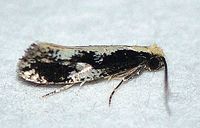
| Recorded by: Paul Scharf on 2014-06-16
Warren Co.
Comment: |

 »
»



 »
»

